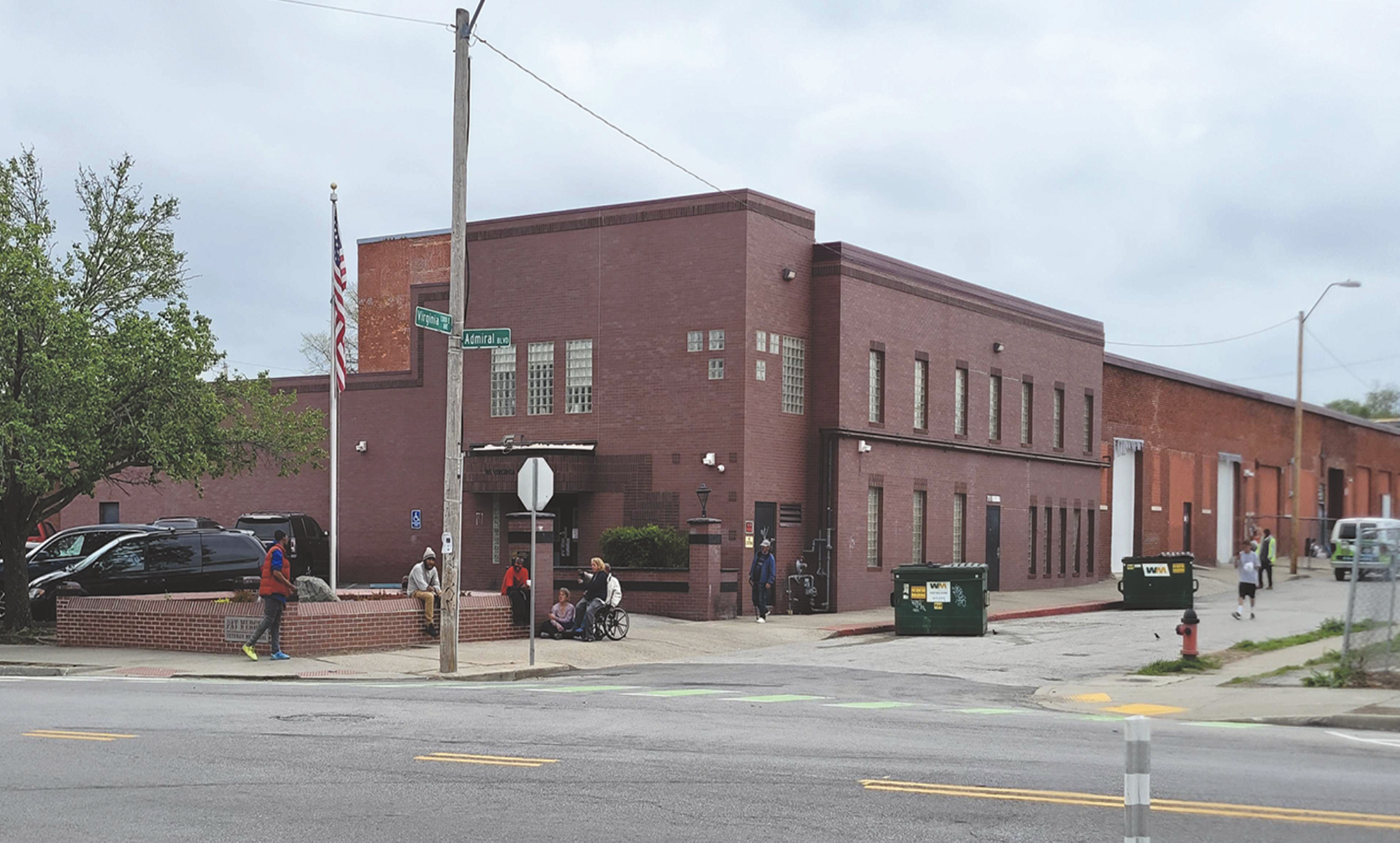By Paul Thompson
Northeast News
April 20, 2016
KANSAS CITY, Missouri – According to KC No Violence Alliance (NoVA) Project Manager Major Rick Smith, there was a time in Kansas City’s not-too-distant past when being in a gang was statistically more dangerous than serving as a soldier in Iraq or Afghanistan.
In a presentation before the Kansas City Council’s Neighborhood & Public Safety and Housing Joint Committee on Wednesday, April 13, Smith provided figures from the FBI’s Uniform Crime Reporting database that show just how dangerous it has been to join a violent group in Kansas City.
On the national level, there are 4.4 fatalities for every 100,000 people. In Kansas City, that number jumps to 22.2 fatalities out of every 100,000 people. The figures take a dramatic increase when considering the rate of deaths for violent criminals identified by KC NoVA. According to those statistics, individuals in Kansas City who’ve been linked to violent groups are killed at a rate of 550 for every 100,000 people. The figures further indicate that fatalities for soldiers serving in Iraq and Afghanistan occur at a rate of 317 for every 100,000 troops.
“If you identify in a group, you can see how high that goes,” said Smith. “We need to change that trend; that’s what we’re working on.”
In 2013, when KC NoVA came to be, 68% of homicides in the city were committed by violent group members. That number has decreased to 53% through the first several months of 2016, but that hasn’t yet led to a consistent reduction in homicides. A total of 100 homicides were recorded in Kansas City in 2013, 82 were recorded in 2014, and 109 were recorded in 2015. Through April 7, 24 homicides had been recorded in 2016.
While KC NoVA and its partners know there is still work to be done, Smith discussed several ways in which the organization is making headway. It’s primary strategy to combat violent crimes is known as focused deterrence, a law enforcement method that targets the most violent groups in a given area and offers them a legitimate way out of a life of violence. The method is derived from deterrence theory, which Major Smith summarized for the council.
“In order for an offender to be deterred from committing a crime, the offender needs to believe that the costs outweigh the benefits,” Smith said.
KC NoVA accomplishes this goal in part through scheduled “call-in” meetings, which are organized for members of violent groups in order to provide social services such as job training, medical assistance, substance abuse referrals, and job leads. The call-ins also serve as a warning that violent crimes will not be tolerated in Kansas City.
“The idea is to have the call-in to break the cycle of violence,” said Smith. “NoVA knows who you are, they know what you’re involved with, and we want you to stop.”
KC NoVA has conducted a total of 12 call-ins, which have been attended by 256 violent group members. Of the 61 violent groups that have been identified by KC NoVA, members of 58 of them have attended a call-in. The organization has also conducted 51 at-home call-ins (dubbed Custom Notifications) and delivered 49 urgent messages (known as Risk for Retaliations) to individuals who could be targets of an upcoming act of violence.
Smith offered an anecdote about one group, which he simply called “Group A” during his presentation. Consisting of 64 individuals, the group was invited to a call-in meeting in October of 2014. After that call-in Group A was identified as the most violent group, and pointed enforcement efforts against them began in February of 2015. During the peak of enforcement efforts, 40 of the its members found themselves in police custody.
“Twenty-four were 17 or younger, so we went after that group,” said Smith. “They didn’t listen to the message, and they committed a homicide after the call-in. We used that enforcement as an example at the next call-in.”
Another KC NoVA method of focused deterrence is the Teens in Transition (TNT) summer youth program, created in 2014. It’s a mentor program designed to turn Kansas City youths into positive peers. KCPD school resource officers worked with 30 students that first year, 22 of which eventually graduated. In addition, 64% of the members had no further negative police contact. In 2015, 44 youths participated in the TNT program, of which 32 graduated and 69% had no negative police contact.
“We measured during the period how many police contacts these individuals had, which was zero; and then how many police contacts they had after the program, which was very minor compared to how many police contacts they had before,” Smith said.
After the presentation, 1st District Councilwoman Heather Hall thanked Smith and KC NoVA for their efforts.
“I think the things you’re doing at NoVA are making a difference positively in our community,” said Hall. “It’s nice to be able to see that you’re not just reacting to crime, which is what the police department has to do on a daily basis.”
Committee vice chair and 3rd District at-large Councilman Quinton Lucas concluded the meeting with an anecdote from his time serving as an appellate court clerk. Lucas noted that he saw extreme sentencing while serving in that capacity, and expressed gratitude for the way KC NoVA is inverting those practices.
“I appreciate you all for talking to a lot of these folks who are at risk and saying, ‘Look, there’s a way to go before you’re sitting in an appeal somewhere that’s going to be unsuccessful,'” said Lucas. “Thank you all for that, and for changing what I think the narrative was when I was young man out here in Kansas City.”



















